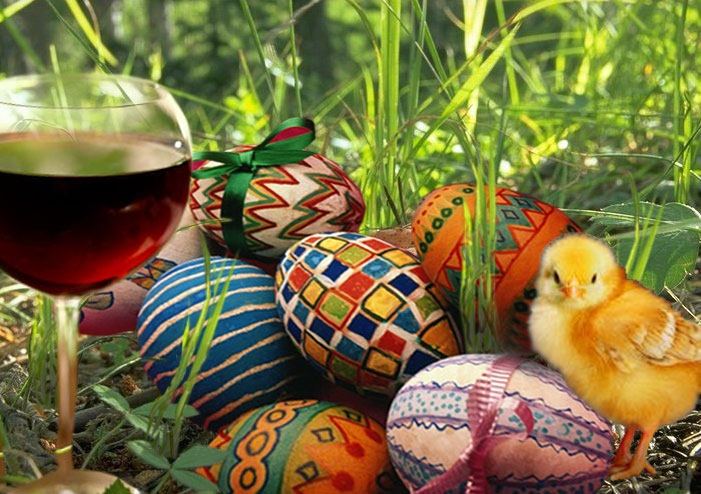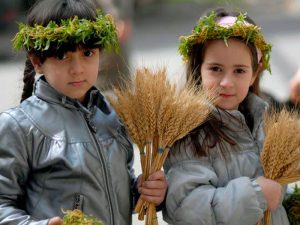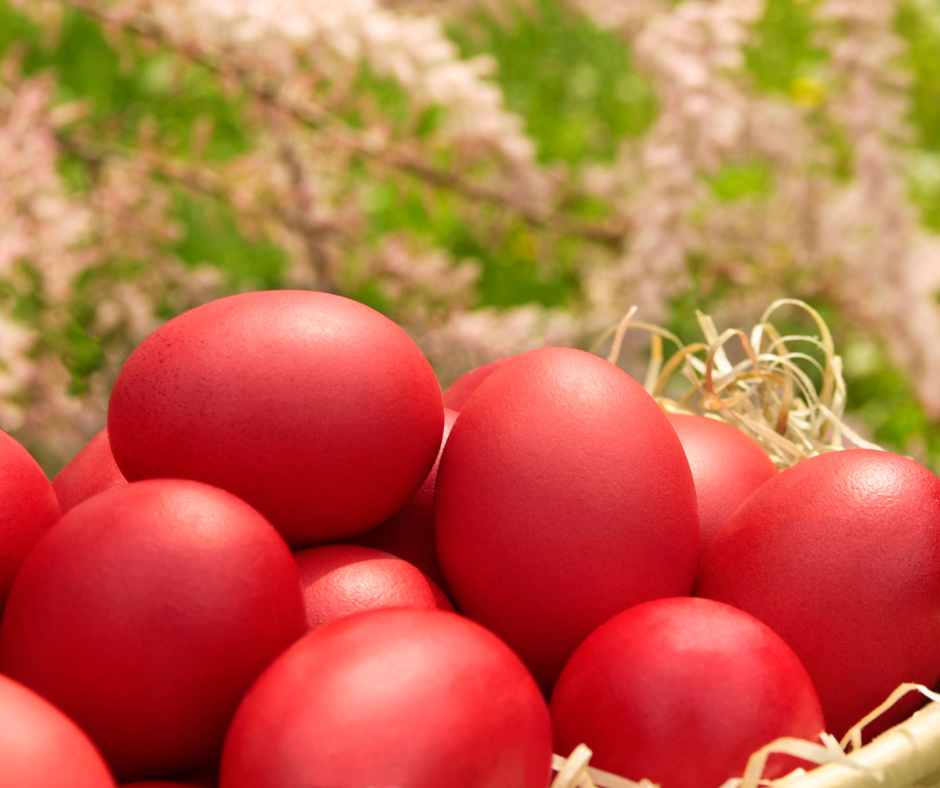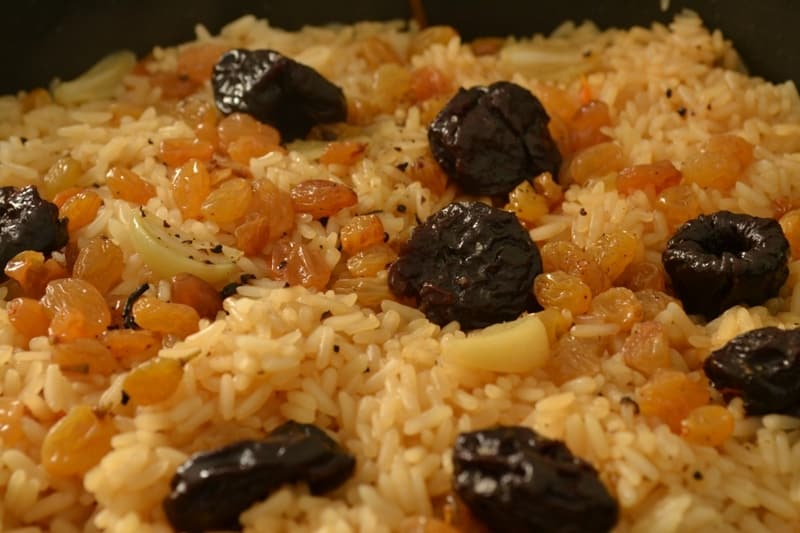
Easter holds a special significance for the Armenian Christians. It’s one of 5 main holidays celebrated by the Armenian Apostolic Church and one of the most beloved holidays in Armenia.
Easter, known in Armenia as Surb Zatik, is a joyous celebration marking the Resurrection of Jesus Christ. It symbolizes the triumph of life over death, hope over despair. The name, Zatik, carries profound meaning, signifying separation from sin.
Every year, Easter is celebrated on a different day. Specifically, it may fall on any Sunday from March 22 to April 26. Throughout the country, Christian churches resonate with hymns of praise and prayers of gratitude as believers gather to commemorate this sacred event. Palm Sunday and Easter in Armenia are the days when many people go to church even if they do not do it often during the year.
This blog will explore the rich traditions and customs observed during Easter in Armenia.
Lent and Palm Sunday

A lent marking 40 days of Jesus Christ’s fasting in the desert comes before Easter. It features the elimination of food of animal origin from the diet. Although not many people follow the lent, nowadays many cafes and restaurants in Yerevan have a lent menu option that is also a good choice for vegans. In fact, Armenians do eat a lot of herbs and vegetables so it’s not a big problem to find vegetarian dishes here.
A week before Easter, the Armenian Apostolic Church celebrates Palm Sunday, known as Tsakhkazard translated as “decorated with flowers”. It marks Christ’s triumphal entry into Jerusalem. Divine liturgies are held in all churches throughout the country and mark the beginning of a Holy Week. People come to church with flowers, willow branches, and wreaths. Armenians usually take the consecrated willow branches and wreaths back home where they are stored for many months as symbols of peace and abundance.
Easter Celebrations

Easter is celebrated with rich traditions that have been passed down through generations. Weeks before the actual celebration, preparations begin. In particular, women plant wheat seeds to create lush green carpets symbolizing new life. These carpets decorated with colored eggs serve as the centerpiece of the festive table.
The art of egg coloring in Armenia is unique, with red onion peel used to dye the eggs. They put onion pills and eggs into a pot and boil them for about an hour. In some families, they also put parsley on the egg to get beautiful leave patterns on the boiled eggs. Moreover, the table is traditionally decorated with the Tree of Life. Some branches with painted eggs and symbolic ornaments are put into a vase in the middle of the table.
One of the highlights of the Easter Saturday vigil is the lighting of candles, symbolizing the resurrection of Jesus Christ. Armenians hold sacred the tradition of bringing home burning candles, believed to bring the light of Jesus into their homes.
On Easter Sunday the Catholicos of All Armenians celebrate Divine Liturgy․ Many people attend churches and gather at the table for joyful celebration.
As the day begins, people exchange greetings of “Christ is risen!” to which the response is “Blessed is the revelation of Christ.” Next comes “the egg fight” competition. Once the eggs are dyed, participants face off in friendly matches, tapping their eggs and trying “to beat” one another. The one who cracked an opponent’s egg without breaking his own is declared the winner. Of course, this is the contest that kids love most.
What Do Armenians Eat During Easter?

The Armenian Easter table is full of symbolic dishes, each one carrying profound significance rooted in Christian tradition. Among these rice with raisins takes center stage, where rice symbolizes humanity and raisins represent all Christians. The sweet rice dish also includes dried fruits, sometimes nuts, and lavash.
Accompanying the rice is ishkhan or a Sevan trout, and red wine, symbolizing the flesh and blood of Christ. In addition, Armenians cannot imagine a traditional Easter table without dozens of kinds of greens. Armenians wrap different types of greens and eggs in lavash.
One cannot overlook the beloved Easter gata, a national pastry prepared from yeast dough and filled with butter and sugar mix, sometimes cinnamon and nuts.
Easter in Armenia is not just a religious holiday but also a time for families to come together. It’s a beautiful holiday to mark the beauty of spring and the renewal of faith. Armenians love celebrating this holiday with its unique traditions, warm atmosphere, and delicious traditional dishes.
